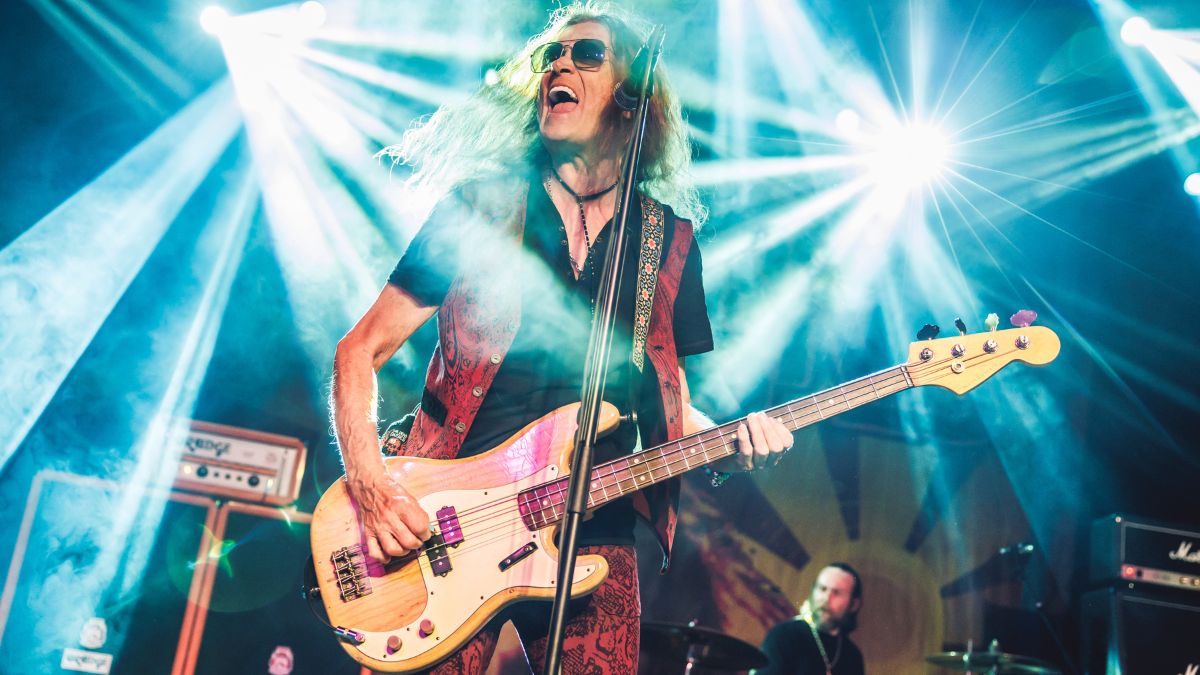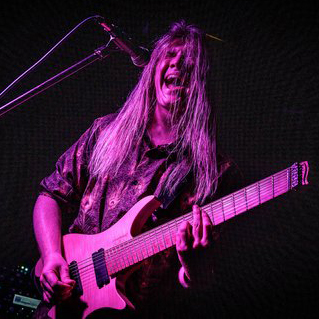“I don’t want people to be upset with me because I don’t mention Ritchie”: Glenn Hughes has worked with some of guitar’s all-time greats – now he’s named the best he’s ever played with
The rock legend has revealed how he’s split the difference between two superlative players to claim the top spot

Across an ever-busy career, Glenn Hughes has played with some of the best rock guitarists in the game. Two, he says, stand out above the rest. And one just about beats the other.
The bass player and powerhouse vocalist was a key part of Deep Purple’s Mark III and Mark IV line-ups alongside Ritchie Blackmore after rising through the ranks at the front of hard rock act Trapeze. Since then, he’s played on Gary Moore's 1985 album, Run For Cover, fronted Black Sabbath, and worked with Tony Iommi on the collaborative, underrated Fused LP in 2005.
Not to mention that he's shared studios and stages with Blackmore's Deep Purple replacement Tommy Bolin, produced five records with Joe Bonamassa in Black Country Communion, and drafted in the talents of Dave Navarro, John Frusciante, and Jerry Cantrell for his solo albums. His authority on who is the best of the best, then, is pretty formidable. So who takes the honor?
“That’s really difficult [to answer],” he says in the new issue of Classic Rock. “I don’t want people to be upset with me because I don’t mention Ritchie or Tommy [Bolin] or Mel [Galley, Trapeze] or Pat [Thrall, who he worked with in the ‘80s]. But I have to say it’s a tie between Gary Moore and Joe Bonamassa.”
Thankfully, he’s been happy to share his calculations.
“I’m talking about the fever it has given me working with them,” he explains. “Gary coming to my house at three in the morning and just blowing my mind – it’s incredible what a guitar player he was.”
However, it’s Bonamassa, who he says is “blowing my mind every night,” while on tour together, who is “the greatest right now.”
All the latest guitar news, interviews, lessons, reviews, deals and more, direct to your inbox!
It seems he’s had a change of heart with his rankings. In October 2023, Hughes produced a very different answer to the same question.
“I played with Joe Satriani [on Satriani's 2018 album, What Happens Next], Bonamassa, Iommi and Blackmore, but Gary Moore was the best,” he had said. Seeing Bonamassa strut his stuff on stage every night seems to have tipped the scales.
When Blackmore left Deep Purple, he quickly struck up a fruitful partnership with Bolin. The guitarist moved into his house, and they wrote the bulk of 1975’s Come Taste the Band together during that period.
Last year, Hughes said that Bolin is “in my top three friends and guitar players,” placing him directly behind blues rock royalty in Blackmore and Bonamassa.

Fittingly, Bonamassa now wields Bolin’s famous 1960 Les Paul Standard, having had to go through a supernatural process to add it to his collection. The guitar has a checkered past, but it feels right that Bonamassa is the one to keep its flame burning.
Bonamassa, meanwhile, has looked back on the surreal experience of being asked to collaborate with Ozzy Osbourne, waxed lyrical about Eric Johnson's impact on his playing, and paid tribute to Rory Gallagher by playing his 1932 National resonator at a gig in the Irishman's hometown.
A freelance writer with a penchant for music that gets weird, Phil is a regular contributor to Prog, Guitar World, and Total Guitar magazines and is especially keen on shining a light on unknown artists. Outside of the journalism realm, you can find him writing angular riffs in progressive metal band, Prognosis, in which he slings an 8-string Strandberg Boden Original, churning that low string through a variety of tunings. He's also a published author and is currently penning his debut novel which chucks fantasy, mythology and humanity into a great big melting pot.
You must confirm your public display name before commenting
Please logout and then login again, you will then be prompted to enter your display name.


